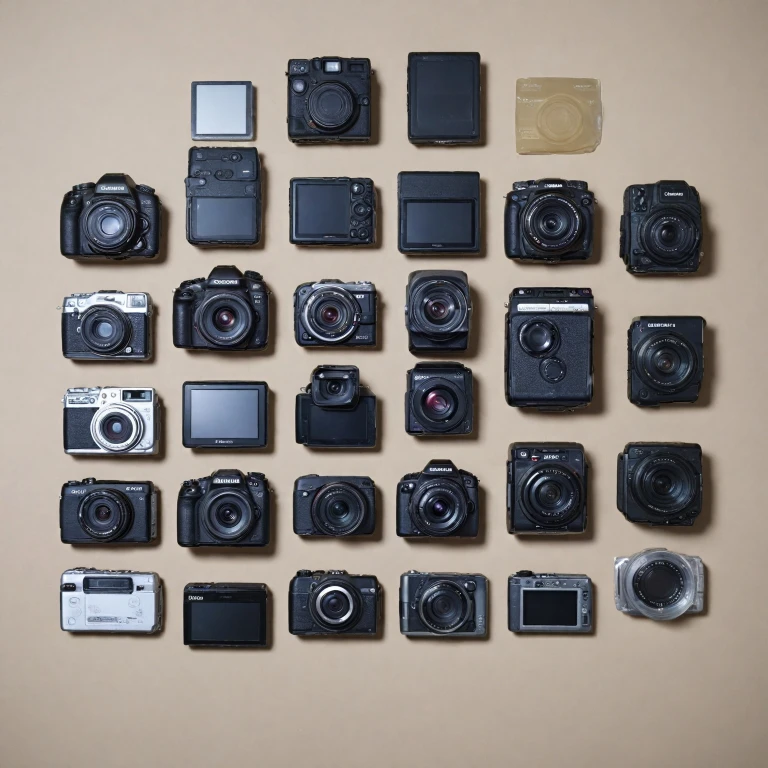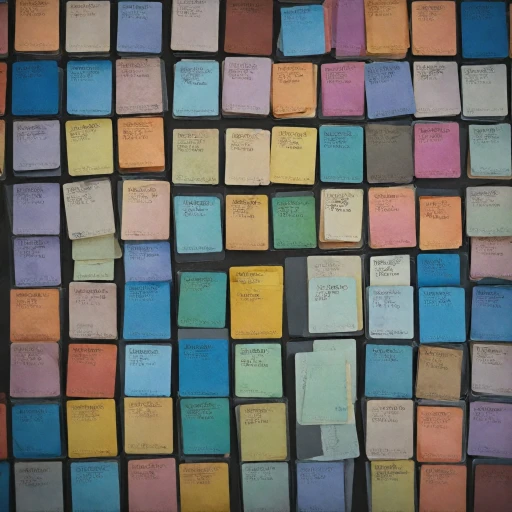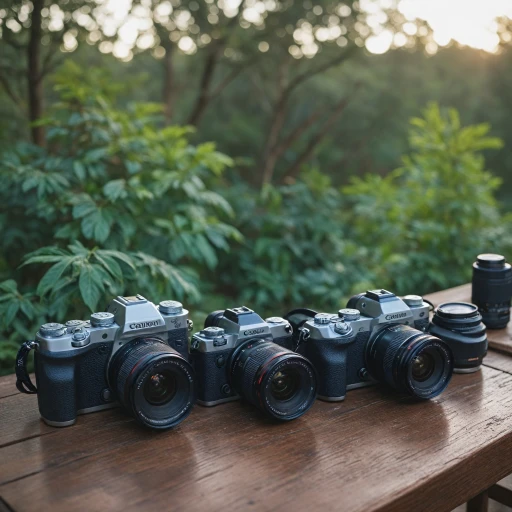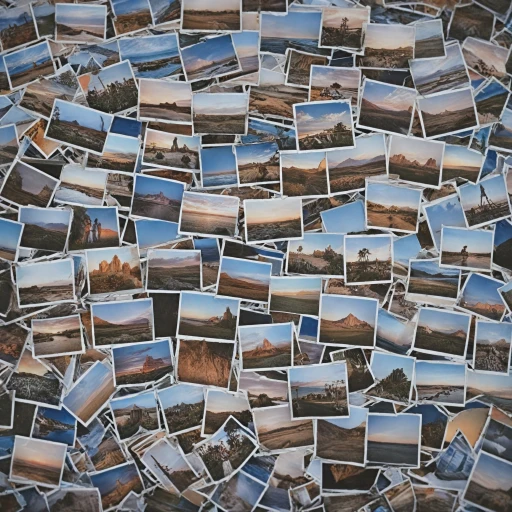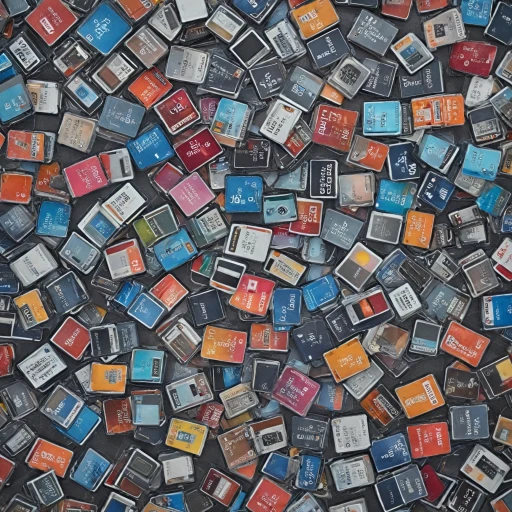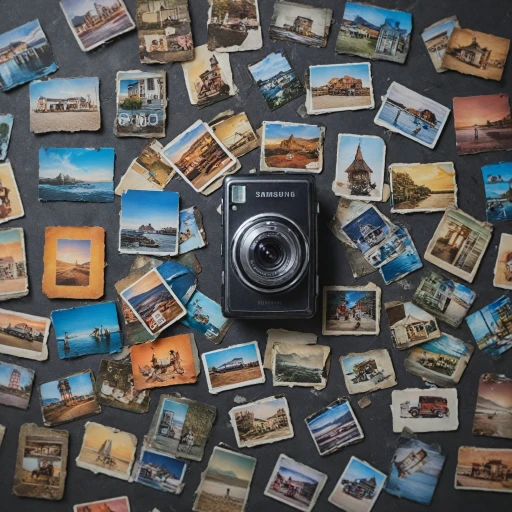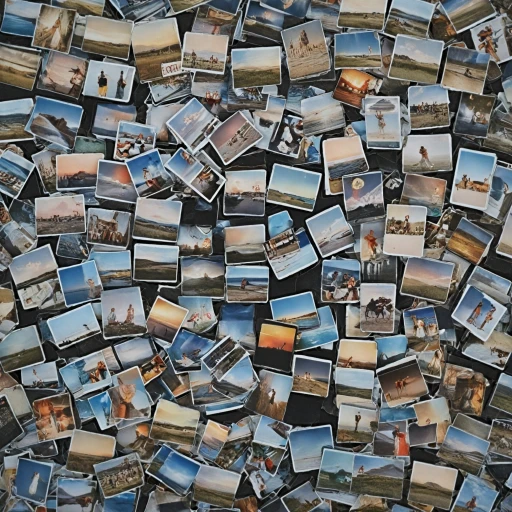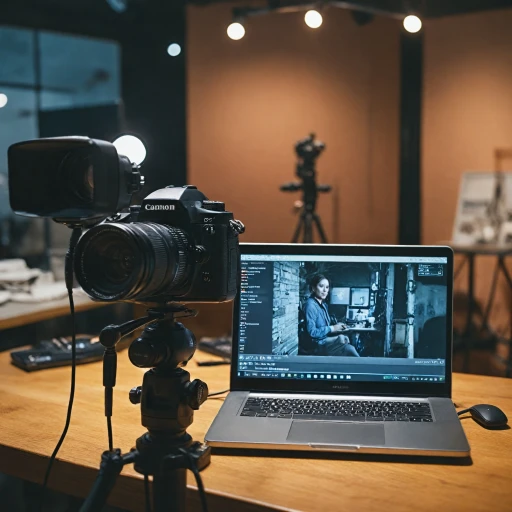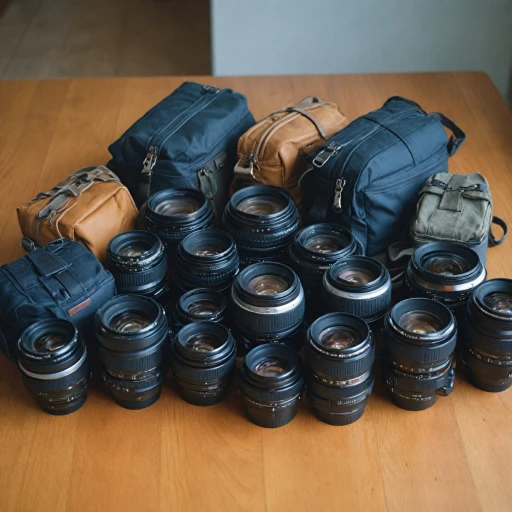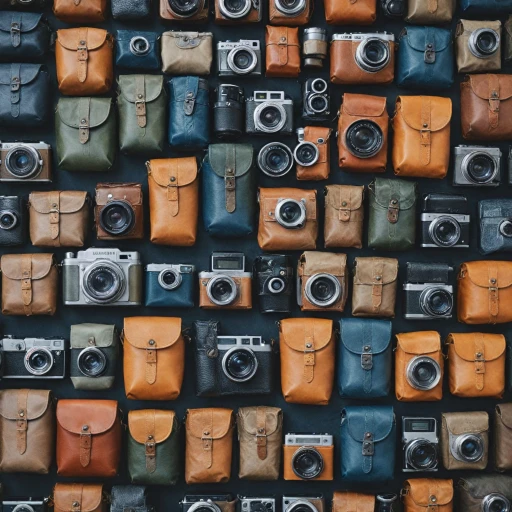
Factors Influencing Photo Storage
Understanding the Elements That Affect Photo Storage
When considering how many photos a 32GB memory card can hold, it's essential to understand the various factors that influence storage capacity. These elements can significantly impact how much space is available for your images, whether you're using a high-quality camera or a simple point-and-shoot device.
First and foremost, the file size of each photo plays a crucial role. File sizes can vary greatly depending on the image resolution and the file format used. Higher resolution images, which offer better quality, naturally take up more space. Similarly, the choice between JPEG and RAW formats will affect storage needs, as RAW files are typically larger due to their uncompressed nature.
Another important factor is the quality settings on your camera. Cameras often allow you to adjust settings that determine the balance between image quality and file size. Opting for high-quality settings will result in larger files, reducing the number of photos your card can hold.
Additionally, the speed of your memory card can influence how efficiently it handles large files. Faster cards can write data more quickly, which is beneficial when shooting in burst mode or capturing high-resolution video.
Lastly, consider the number of files you plan to store. If you're capturing many pictures in quick succession, you'll need to be mindful of how quickly your card fills up. It's wise to regularly transfer images to a durable hard case for your camera to free up space and protect your valuable files.
By understanding these factors, you can better estimate the storage needs for your photography projects and choose the right memory card to suit your requirements.
Image Resolution and File Size
Interplay Between Image Resolution and File Size
When considering the number of photos a 32GB memory card can hold, one cannot overlook the critical role of image resolution and file size. These two factors highly influence how much data is stored per image, thus impacting the storage capacity of your card. For digital camera owners, image resolution usually represents the amount of detail captured and is typically measured in megapixels. Higher resolution images with more megapixels will naturally result in larger file sizes. This means a high-quality picture taken with superior resolution settings will occupy more space, affecting how many pictures can fit onto a single card. Moreover, the average file size varies significantly depending on the format of your files. For instance, files stored in JPEG format tend to be more compressed, hence smaller, allowing more images to fit on a memory card. In contrast, RAW files capture all image data and remain uncompressed, presenting a high-quality capture but demanding more space on your card. Understanding these variations can influence your choice when deciding between capturing in JPEG or RAW, balancing between quality and storage needs. For those aiming to maximize the memory potential and hold as many pictures as possible, settling for JPEG at lower resolutions might be practical, while professionals or enthusiasts seeking the highest quality might opt for RAW, even at the expense of reduced numbers of photos per card. Be sure to align your camera's quality settings and file format preferences with your specific needs and expectations. For further insights on card efficiencies based on image properties, consider exploring how many pictures a 32GB card can hold.JPEG vs. RAW: Impact on Storage
Comparing JPEG and RAW: Storage Impact
When considering the storage capacity of a memory card in your camera, the file format plays a crucial role in determining how many photos it can hold. The two most common formats you will encounter are JPEG and RAW files. Each comes with its own implications for quality, file size, and overall impact on your camera's memory cards. JPEG images are compressed files that have been processed by the camera. They offer the advantage of smaller file sizes, which translates to more photos being able to fit on a single card. This makes JPEGs an ideal choice for everyday photography where you are looking to maximize storage capacity without compromising significantly on quality. On average, a JPEG file might be around 3 to 5 MB depending on the resolution and quality settings selected on your camera. On the other hand, RAW format files are much larger as they preserve all the data captured by the camera's sensor. This gives you greater flexibility for post-processing and editing. However, these files will consume considerable space. A single RAW file can range from 20 to 40 MB or more. Consequently, a memory card will hold fewer RAW photos compared to JPEG photos. The decision between using JPEG or RAW will largely depend on your photography needs. If you prioritize higher image quality and extensive editing options, RAW is the way to go despite the increased file size. If you need to capture many pictures without running out of space, then JPEG should be your choice. When optimizing memory card usage, understand the trade-off between quality and quantity. For more nuanced insights into how image resolution and formats affect file size, visiting this article can expand your understanding of the intricate aspects of digital image processing.Estimating Photo Capacity
Breaking Down Photo Estimates on a 32GB Card
Understanding how many photos your 32GB memory card can actually hold requires consideration of various factors. The size and quality of the images play a crucial role. Different file formats like JPEG and RAW influence the overall storage capacity, and so does the quality setting on your camera. Here's a general guideline to give you an idea about the photo capacity you can expect.
- JPEG Photos: When opting for JPEG format, which is generally more compressed than RAW, you can save more pictures on your memory card. Average file sizes range from 3MB to 10MB depending on the image resolution and compression levels. A 32GB card can approximately store anywhere from 3,200 to 10,000 JPEG images, depending on these variables.
- RAW Files: For those who prefer shooting in RAW format because of the rich detail and post-processing flexibility, expect higher file sizes. An average RAW file may take up between 20MB to 50MB. Based on these sizes, your card can hold roughly 640 to 1,600 RAW photos.
Quality settings, such as opting for high quality versus standard, affect how many pictures your memory card can accommodate. Higher quality settings increase file sizes, while lower settings can save space but at a potential loss of image clarity.
It's important to balance quality with your storage needs, ensuring that the images are suitable for your intended use without running out of space during a vital shot. Efficiently managing your memory cards by estimating the number of photos they can hold can save you from unexpected storage issues.
Maximizing Memory Card Usage
Optimizing Memory Card Usage for Maximum Storage
To get the most out of your memory card's storage capacity, there are several strategic steps you can take to ensure you capture as many images as possible without compromising quality. Here’s a guide on how to efficiently manage your memory card space:- Choose Settings Wisely: Adjust your camera's quality settings to find a balance between image quality and file size. For everyday shooting, JPEG might be sufficient, offering smaller file sizes compared to RAW, which provides high quality but consumes more space.
- Regularly Backup Photos: Frequently transfer your photos to a computer or cloud storage. This frees up space on your memory card and reduces the risk of data loss.
- Organize and Delete Unnecessary Photos: Take time to review and delete unwanted or duplicate photos directly from your camera. This maintenance step can drastically increase available space.
- Use Multiple Memory Cards: Having several cards on hand ensures you never run out of storage when you need it most. Consider rotating cards, using one for RAW files and another for JPEGs.
- Consider Card Speed: While storage space is crucial, the speed of the card impacts how quickly you can take and transfer photos. Faster cards reduce the risk of buffering during continuous shooting.
- Update Camera Firmware: Manufacturers often release firmware updates that can optimize how cameras handle files, potentially enhancing storage efficiency.
Choosing the Right Memory Card for Your Needs
Determining the Perfect Card for Your Photography Needs
Choosing the right memory card can make a significant difference in your digital photography experience. Many factors influence your decision, from the types of photos you take to the size and speed of the card.- Understand Your Camera's Requirements: Before purchasing, it’s important to know the specifications and limitations of your camera. Some cameras may only support certain card sizes or speeds. Always refer to your camera's manual.
- Evaluate Your Photography Style: If you're a professional or tend to capture high-quality images, opting for a larger card size is beneficial as they will hold more raw files. On the other hand, if you mostly take JPEG photos, you might get away with a smaller card.
- Card Speed Matters: The speed of a memory card impacts how quickly data from the camera is transferred and stored. Opt for a card with higher write speeds if you shoot bursts of images or record videos.
- Balance Between Quantity and Quality: Depending on the file sizes you typically deal with, a card can hold varying numbers of pictures. It's all about balancing how many photos you want versus their quality settings.
- Consider Future Needs: It might be wise to invest in a card that offers more storage space than you currently need, accommodating any future increase in image resolution or file size demands.
